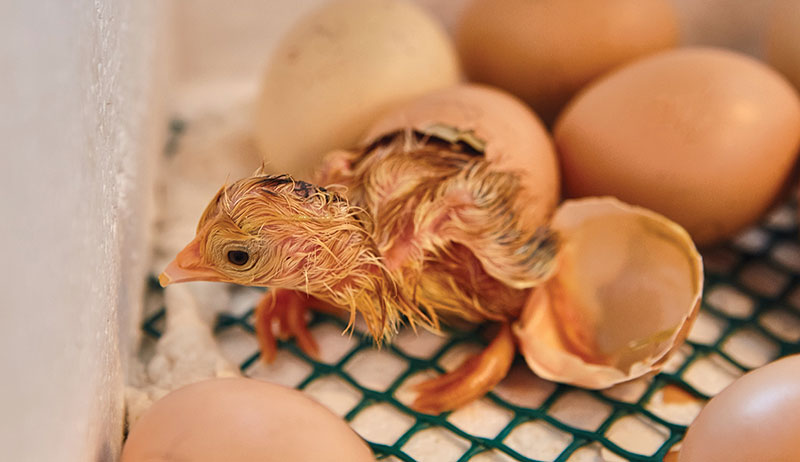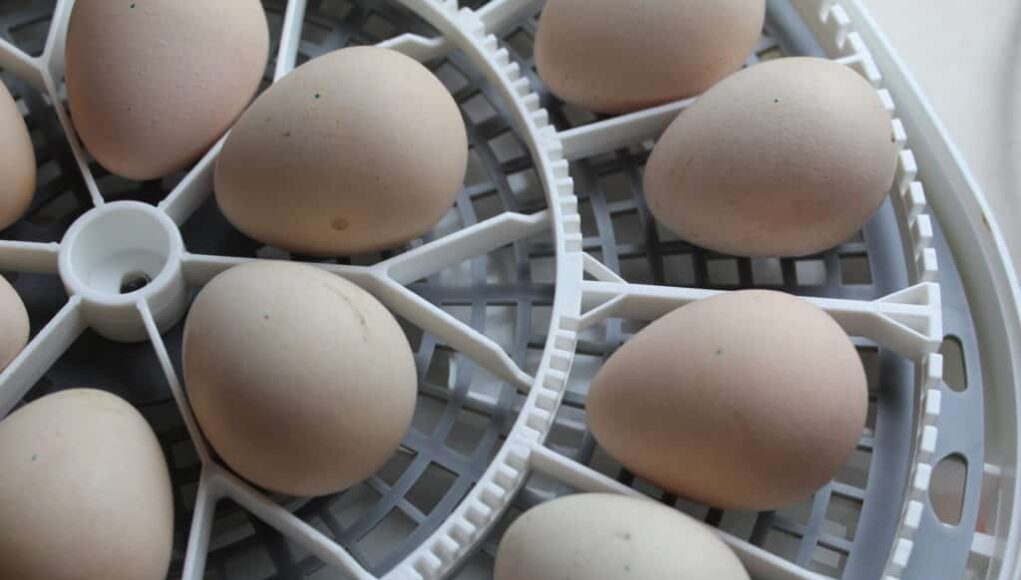For those who are passionate about poultry, understanding the differences between chick incubators and duck incubators is crucial. While the basic function of both devices is to hatch eggs, there are distinct nuances and requirements for each. This article will dive into these differences, helping you make an informed choice if you’re considering investing in an incubator. Whether you’re a seasoned farmer or a newcomer to poultry care, these insights will be valuable.
The primary keyword, chick incubator vs duck incubator differences, is essential to this discussion. In the following sections, we will explore the unique aspects of each type of incubator, highlighting their specific requirements and functionalities.

The Basics of Incubation
What Is an Incubator?
An incubator is a device that provides a controlled environment to hatch eggs. It maintains the necessary temperature and humidity levels, which are critical for proper embryo development. This technology simulates the natural brooding process, offering a more efficient and consistent hatching experience.
Why Use an Incubator?
Using an incubator allows for greater control over the hatching process, ensuring higher success rates. It also provides the opportunity to hatch eggs in larger quantities compared to natural brooding, making it a popular choice among poultry enthusiasts.
Understanding Chick Incubators
Temperature Requirements
Chick incubators are designed to maintain a consistent temperature of around 99.5F (37.5C). Maintaining this temperature is crucial for the development of chick embryos. Deviations can lead to unsuccessful hatching or deformed chicks.
Humidity Levels
For chicks, the optimal humidity level is approximately 50-55% for the first 18 days. This level should be increased to around 65% during the last few days to aid in the hatching process.
Ventilation
Proper ventilation is vital in chick incubators to ensure that fresh air circulates and carbon dioxide is expelled. This helps maintain a healthy environment for the developing embryos.
Understanding Duck Incubators
Temperature Requirements
Duck incubators require slightly lower temperatures, averaging around 99F (37.2C). This small difference is critical for the successful development of duck embryos.
Humidity Levels
Duck eggs need higher humidity, starting at around 55-60% and increasing to 70% during the final days of incubation. This higher humidity helps soften the eggshell, making it easier for the ducklings to hatch.
Ventilation
Like chicks, duck embryos need adequate ventilation. However, duck incubators often have more robust ventilation systems to accommodate the higher humidity levels.
Key Differences Between Chick and Duck Incubators
Design Variations
The design of chick and duck incubators often varies to suit their specific needs. Duck incubators may have larger spaces to accommodate the larger size of duck eggs. Additionally, the trays and turning mechanisms are adjusted to handle the different egg shapes and sizes.
Water Systems
Duck incubators generally have more sophisticated water systems to maintain the higher humidity levels required. This can include larger water reservoirs or more frequent misting mechanisms.
Choosing the Right Incubator
Assessing Your Needs
Before purchasing an incubator, consider the type of eggs you plan to hatch and the scale of your operation. If you’re planning to hatch both chicks and ducks, look for an incubator that can accommodate the different requirements.
Budget Considerations
Incubators come in a range of prices, influenced by their features and capacities. Determine your budget and look for a model that offers the best value for your needs.
Maintenance and Troubleshooting
Regular Maintenance
Both chick and duck incubators require regular maintenance to ensure they function correctly. This includes cleaning, checking temperature and humidity controls, and ensuring that all mechanical components work smoothly.
Common Issues and Solutions
Temperature fluctuations, humidity imbalances, and ventilation problems are common issues that can arise. Refer to a troubleshooting guide to address these problems effectively.
Conclusion
Understanding the differences between chick and duck incubators is essential for successful hatching. By recognizing the unique requirements of each, you can choose an incubator that best suits your needs and ensures a high hatching success rate. For more information on incubation care, explore additional resources available.

FAQs
Can I use one incubator for both chicks and ducks?
While it’s possible, it’s important to adjust the settings for each type of egg. Some incubators offer flexible settings to accommodate both.
What happens if the humidity is too high for chick eggs?
Excessive humidity can cause the chicks to drown in the shell. It’s crucial to monitor and adjust the humidity levels accordingly.
How often should I clean my incubator?
Regular cleaning after each hatching cycle is recommended to prevent bacterial buildup and ensure the incubator remains in good condition.
This article contains affiliate links. We may earn a commission at no extra cost to you.











